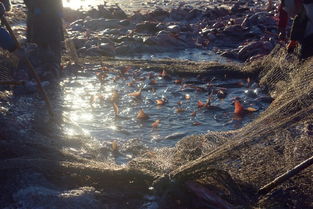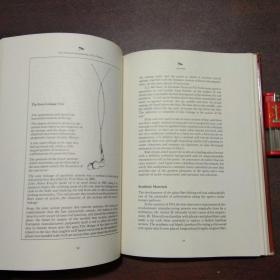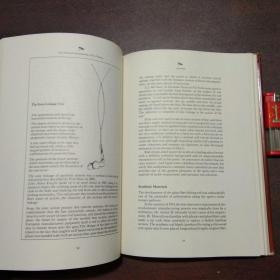Content:
Introduction: Fishing, an ancient pastime that has been cherished by generations, offers a unique blend of relaxation, skill, and connection with nature. Traditional fishing techniques and methods have stood the test of time, providing anglers with a rich heritage to explore and appreciate. Whether you are a beginner looking to embark on a fishing adventure or an experienced angler seeking to refine your skills, this comprehensive guide will equip you with the knowledge and tools to master traditional fishing techniques and methods.
Understanding Traditional Fishing: Before diving into the specifics of techniques and methods, it is essential to understand the essence of traditional fishing. Traditional fishing emphasizes the use of natural baits, handmade lures, and traditional fishing gear. It is a method that respects the environment and aims to catch fish with minimal harm. By embracing traditional fishing, you not only enhance your fishing experience but also contribute to the conservation of aquatic life.
Selecting the Right Gear: To master traditional fishing, it is crucial to choose the appropriate gear. Here are some essential items to consider:
a. Rod and Reel: Traditional fishing rods are typically made from bamboo or other natural materials. The length and action of the rod should match the type of fish you intend to catch. For reels, a simple, mechanical reel is often preferred over a spinning reel.
b. Line: Use a monofilament line that is suitable for the fish you are targeting. The line should be strong enough to handle the fish's size and strength but not too heavy, as it may spook the fish.
c. Hooks: Choose hooks that are appropriate for the bait and fish you are targeting. Traditional hooks are often made from high-quality steel or forged metal.
d. Bait: Opt for natural baits such as worms, insects, or small fish. These baits are more attractive to fish and less likely to harm them.
Casting Techniques: Casting is a fundamental skill in traditional fishing. Here are some casting techniques to help you improve your accuracy and distance:
a. Overhand Cast: This is the most common casting technique. Hold the rod with both hands, with the line in your dominant hand. Swing the rod back and forth, releasing the line at the peak of the swing.
b. Sidearm Cast: This technique involves holding the rod with one hand and casting the line to the side. It is useful for casting in tight spaces or when targeting fish in deeper water.
c. Roll Cast: This technique involves rolling the line off the rod tip to achieve a longer cast. It is ideal for casting into windy conditions or when targeting fish in heavy cover.
Baiting and Rigging: Proper baiting and rigging are crucial to ensure that your bait is presented effectively to the fish. Here are some tips:
a. Bait Presentation: Ensure that your bait is presented in a natural and lifelike manner. This may involve adding weight to the line to achieve the desired depth or using a split shot to keep the bait in place.

b. Rigging Techniques: There are various rigging techniques, such as the paternoster rig, the Carolina rig, and the dropshot rig. Each technique is suitable for different fishing scenarios and fish species.
Reading the Water: Understanding the behavior of fish and the characteristics of the water body you are fishing is essential for success. Here are some tips to help you read the water:
a. Observe the water's surface: Look for signs of fish activity, such as splashes, bubbles, or movement.
b. Analyze the bottom structure: Determine the type of bottom you are fishing, such as sand, rocks, or weeds, and adjust your approach accordingly.
c. Study the weather and water conditions: Pay attention to weather patterns, water temperature, and flow rates, as these factors can significantly impact fish behavior.
Patience and Practice: Mastering traditional fishing techniques and methods requires patience and practice. Take the time to familiarize yourself with the gear, techniques, and water conditions. Don't be discouraged by initial challenges; with persistence, you will gradually improve your skills.
Conclusion: Traditional fishing techniques and methods offer a rewarding and enriching experience for anglers of all levels. By understanding the basics, selecting the right gear, mastering casting techniques, and developing an eye for the water, you will be well on your way to becoming a proficient traditional angler. Embrace the heritage of traditional fishing, and enjoy the serenity and satisfaction that comes with connecting with nature and honing your skills.












